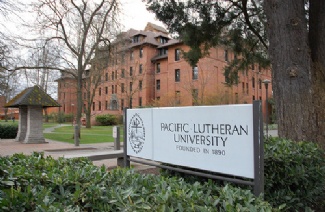新
In the early 1950’s,historians who studied preindustrial Europe (which we may define here as Europe in the period from roughly 1300 to 1800) began, for the first time in large numbers,to investigate more of the preindustrial European population than the 2 or 3 percent who comprised the political and social elite:the kings,generals,judges,nobles,bishops,and local magnates who had hitherto usually filled history books. (4)
难句类型:复杂修饰、插入语
译文:二十世纪五十年代早期,研究前工业化时代欧洲(此处我们可将其界定为约自1300年至1800年这一时期的欧洲)的史学家,首次以众多的人数(杨鹏的书中:第一次以大量的数据),开始调查前工业化时代欧洲人口中的大多数,,即国王、将军、法官、贵族、主教、以及地方上的达官显贵,而正是这部分人一直到那时为止普遍充斥于史学著作。
解释:句子中有两个插入语,一个是跟在preindustrial Europe之后的which we may define here as Europe in the period from roughly 1300 to 1800,这个插入语的直接作用是解释前面的preindustrial Europe的年代,而起到的客观作用则是把主句中的主语和谓语分割得很远;第二个插入语是在began,for the first time in large numbers, to investingate中间,把一个好好的began to斩为两段。
这句话另外一个难以理解的地方是more of the preindustrial European population than the 2 or 3 percent,表示的是在工业化以前的欧洲人口中超过了那2%到3%的人,亦即占97%到98%的人民群众。
以上就是针对新GRE阅读理解中长难句的实例解析,参加GRE考试的考生,可以掌握文章所述的解题技巧,希望能够对您的GRE考试有所帮助。预祝广大考生能够考出好成绩。
版权声明:本文系网独家稿件,版权为网所有。转载须注明来源及作者,否则必将追究法律责任。

















